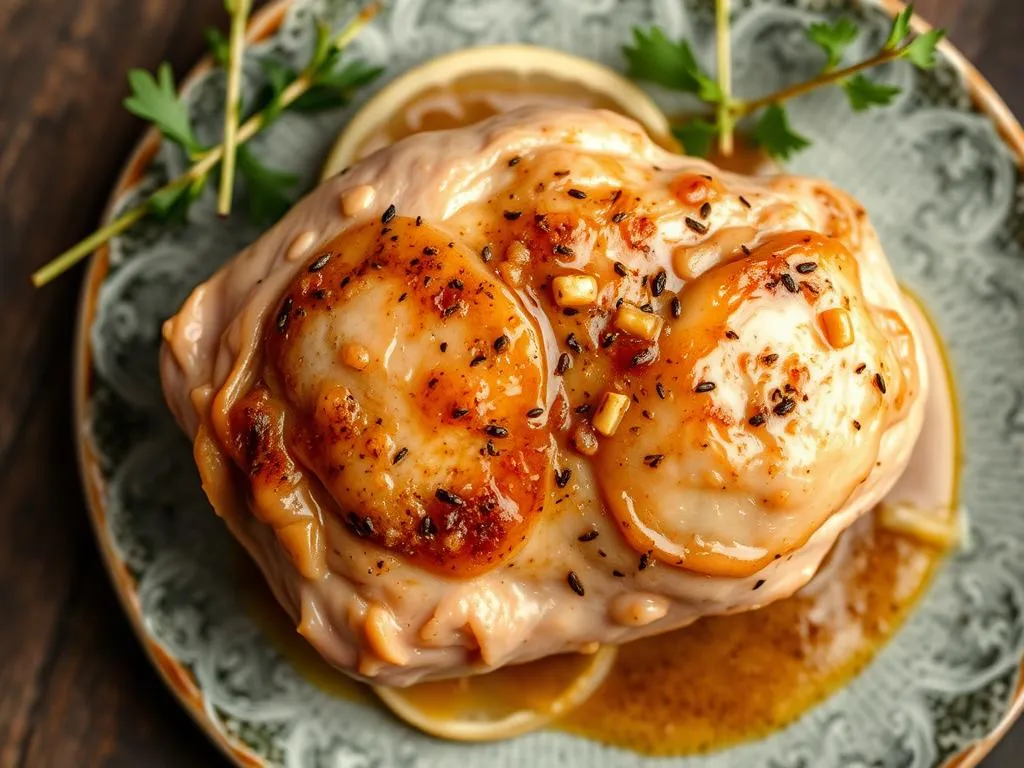
Introduction
Dog nutrition is fundamental for the overall health and well-being of our furry companions. A balanced diet helps maintain a healthy weight, supports the immune system, and contributes to a shiny coat. One nutritious option that often gets overlooked is chicken liver. This organ meat is packed with essential nutrients and can be an excellent addition to your dog’s diet. In this article, we will explore how to cook chicken liver for dogs, ensuring that you provide this healthy treat safely and effectively. Before making any dietary changes, always consult with your veterinarian to ensure the best nutritional plan for your pet.
Understanding Dog Nutrition
Basics of Dog Nutrition
To grasp the benefits of chicken liver, it’s essential to understand the basics of dog nutrition. Dogs, like humans, require a balanced intake of macronutrients: proteins, fats, and carbohydrates.
- Proteins are crucial for growth, repair, and maintenance of body tissues.
- Fats provide energy and support cell health.
- Carbohydrates offer a quick energy source, although dogs can derive their energy mainly from proteins and fats.
Along with macronutrients, dogs also need micronutrients, which include vitamins and minerals that support various bodily functions.
Role of Protein in a Dog’s Diet
Protein plays a vital role in a dog’s diet. It is necessary for building and repairing tissues, making enzymes and hormones, and supporting immune functions. Animal-based proteins, such as those found in meats and organ meats, are more complete than plant-based proteins, offering a higher amino acid profile that is necessary for a dog’s health.
Benefits of Organ Meats
Organ meats, particularly chicken liver, offer an outstanding nutritional profile. They are often richer in certain vitamins and minerals compared to muscle meats. Including organ meats in your dog’s diet can provide them with essential nutrients that might not be present in their usual food.
Nutritional Benefits of Chicken Liver for Dogs
Rich Nutritional Profile
Chicken liver is a powerhouse of nutrition. It’s:
- High in protein, essential for muscle development and maintenance.
- Rich in vitamins, particularly vitamin A and B12, which are crucial for vision, skin health, and energy metabolism.
- Loaded with essential fatty acids that support skin and coat health.
- A significant source of minerals like iron, copper, and zinc, which are vital for blood health and immune function.
Health Benefits
Incorporating chicken liver into your dog’s diet can provide numerous health benefits:
- Supports healthy skin and coat: The fatty acids in liver contribute to a soft and shiny coat.
- Enhances immune system function: The vitamins and minerals found in chicken liver boost your dog’s immune response.
- Benefits for dogs with anemia: The high iron content can be particularly beneficial for dogs suffering from anemia, helping to increase red blood cell production.
Preparing Chicken Liver for Dogs
Selecting Quality Chicken Liver
When preparing chicken liver for your dog, it’s crucial to select high-quality liver. Look for fresh, organic chicken liver from reputable suppliers. Avoid liver that appears discolored or has an off-putting smell.
Safety Precautions
Raw chicken liver can pose potential risks, including bacterial contamination, such as Salmonella or E. coli. It is essential to practice proper handling and cooking techniques to eliminate these risks. Always wash your hands, utensils, and surfaces after handling raw liver.
Cooking Methods
Boiling Chicken Liver
Boiling is one of the simplest methods for cooking chicken liver. Here’s how to do it:
- Rinse the chicken liver under cold water to remove any impurities.
- Place the liver in a pot and cover it with water.
- Bring the water to a boil. Once boiling, reduce to a simmer.
- Cook for about 10-15 minutes until the liver is no longer pink inside.
- Remove from heat and let it cool before serving.
Sautéing Chicken Liver
Sautéing is another flavorful way to prepare chicken liver. Here’s what you need:
- Fresh chicken liver
- Olive oil or butter
- Optional: garlic or onions (ensure your dog can tolerate these)
Steps:
- Heat a skillet over medium heat and add the olive oil or butter.
- Add the chicken liver and sauté for about 5-7 minutes until browned and cooked through.
- Remove from heat and allow it to cool before serving.
Baking Chicken Liver
Baking can also yield tasty results. To bake chicken liver:
- Preheat your oven to 350°F (175°C).
- Place rinsed chicken liver on a baking sheet lined with parchment paper.
- Bake for 20-25 minutes, or until fully cooked and no longer pink inside.
- Allow it to cool before serving.
Other Cooking Methods
- Steaming: Steaming chicken liver preserves nutrients and flavor. Steam in a basket over boiling water for about 10-15 minutes.
- Making chicken liver treats: You can dehydrate or puree chicken liver to create healthy treats. For dehydration, slice the liver thinly and use a dehydrator until fully dry.
Serving Chicken Liver to Your Dog
Portion Sizes
When it comes to serving chicken liver, portion control is essential. The recommended portion size depends on your dog’s weight and size:
- Small dogs: about 1-2 ounces per serving.
- Medium dogs: about 2-4 ounces.
- Large dogs: about 4-6 ounces.
Be mindful of signs of overfeeding, such as upset stomach or diarrhea, and adjust portions accordingly.
Mixing Chicken Liver with Other Foods
To make meals more exciting, consider mixing chicken liver with other dog-friendly foods. Here are some pairing ideas:
- Vegetables: Carrots, peas, or sweet potatoes can provide additional nutrients.
- Grains: Brown rice or quinoa can add fiber.
- Other proteins: Combine with chicken or beef for a varied diet.
Frequency of Feeding
While chicken liver is nutritious, it should be served in moderation. Aim to offer it as a treat or supplement rather than a staple. Depending on your dog’s dietary needs, serving chicken liver once or twice a week can be beneficial. Always strive for balance in their overall diet.
Common Concerns and FAQs
Is Chicken Liver Safe for All Dogs?
While most dogs can enjoy chicken liver, some may have allergies or sensitivities. Always introduce new foods gradually and watch for any adverse reactions. If your dog has a history of food allergies, consult with your veterinarian before introducing liver.
Can Chicken Liver Cause Weight Gain?
Chicken liver is calorie-dense, so it’s crucial to consider portion sizes. If your dog is prone to weight gain, balance the liver with lower-calorie foods and monitor their overall caloric intake. Regular exercise is also essential for maintaining a healthy weight.
What to Do if Your Dog Refuses Chicken Liver
If your dog turns their nose up at chicken liver, don’t worry! You can try the following:
- Mix it with their favorite food to mask the taste.
- Offer it cooked in different ways to find a method they prefer.
- If your dog consistently refuses organ meats, consider alternative sources of nutrition, such as other protein-rich foods or supplements.
Conclusion
Incorporating chicken liver into your dog’s diet can provide numerous health benefits, from supporting a shiny coat to enhancing immune function. By understanding the nutritional profile of chicken liver and how to cook it safely, you can offer your furry friend a delightful and nutritious treat. Remember to consult with your veterinarian regarding any dietary changes to ensure your dog’s nutritional needs are met effectively. With the right balance and preparation, cooked chicken liver can be a valuable addition to your dog’s meals, helping them thrive and stay healthy.









